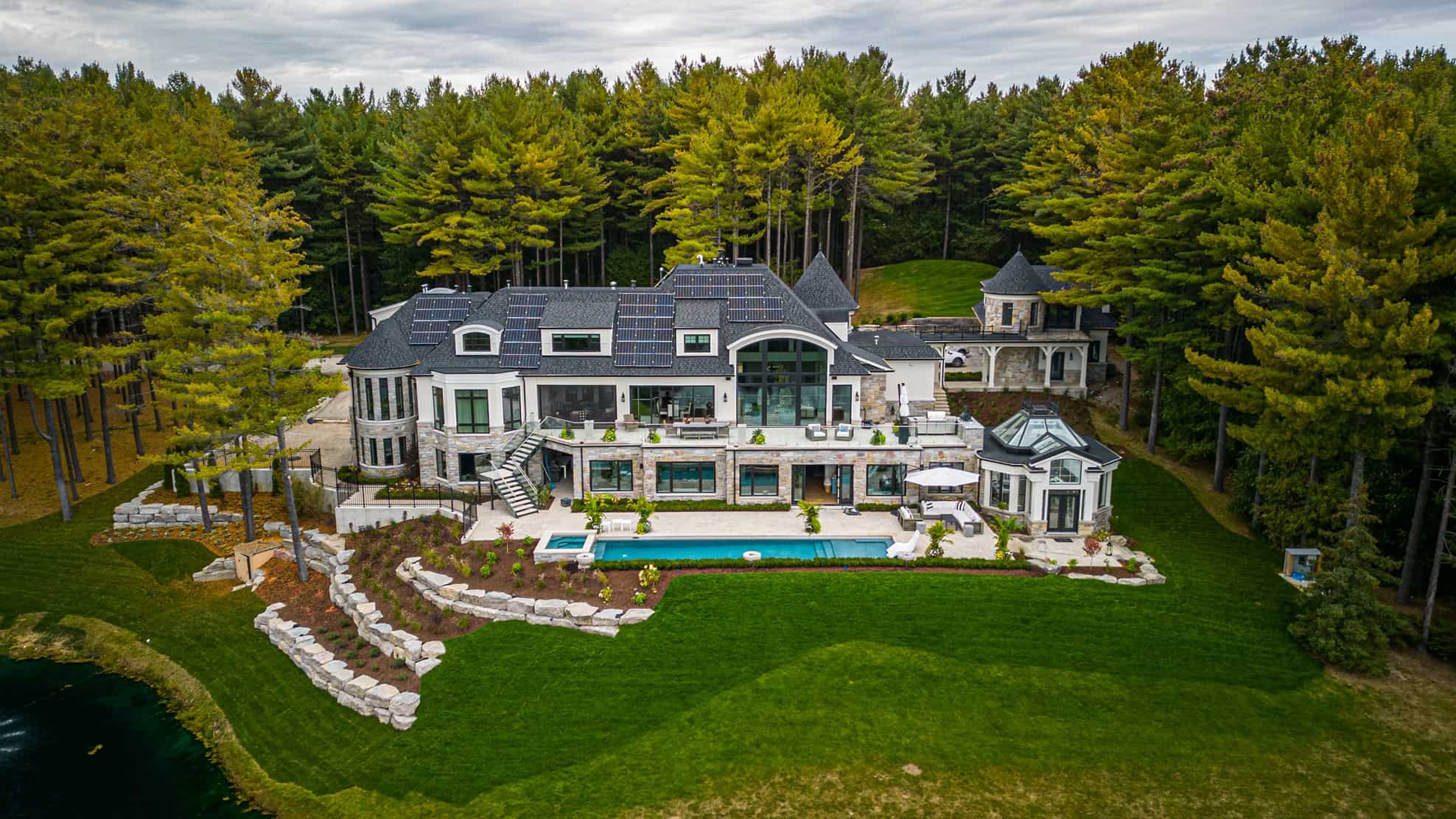Overview
Ever wonder the criteria used in choosing energy efficient windows for a custom home build. We’ll touch on the science behind it and how that gets balanced with the aesthetics and energy consumption. The subject is complex as depending on the goals of each individual client the answer can vary considerably. Think how well sealed windows need to be on the 42nd storey of a large apartment building, being blasted by the elements vs a bungalow in a sheltered downtown location. Or the difference between a window that faces an open sunny exposure as compared to a sheltered shady location . Or even a window that suits, say, a Timmins winter as opposed to Niagara Falls. As you can guess these areas have unique engineering challenges. And we’ve not even begun to delve into aesthetics or what materials might be good options for the windows frame.
On an internet search “Which windows are most energy efficient?” you’ll be bombarded with a plethora of advertizing, testimonials, product claims, discussions of available grants, energy star, the list goes on.
We’ll help answer these top questions:
- How many panes of glass? Do we need triple-pane windows?
- What types of windows are better, double-hung windows or casement windows?
- How much solar gain will we experience from the summer
- heat?
- Do we need low-E glass? Is that the same as low-emissivity coatings?
- What do all the window glass numbers and options mean?
- What’s best: aluminum windows or vinyl windows or fibreglass windows?
- What should the air leakage rate of the window be?
- What’s the best quality energy efficient window?
- Do I need energy star rated windows? What do the numbers mean on window labels?
- How much will my energy costs go down with energy saving windows?

Windows in Ontario are designed, and window installation is regulated under the Ontario Building Code which refers to a CSA standard, CSAA440. This Canadian standard is also harmonized with NAFS-08, the American window standard. It provides minimum standards for windows and doors. Keep in mind the building code gives bare minimums which are just that. The design criteria for windows is a large subject and particularly in a custom home, you surely want better than code minimum. We’ll try to shed some light on these and other questions. So, let’s start the discussion with energy efficiency.
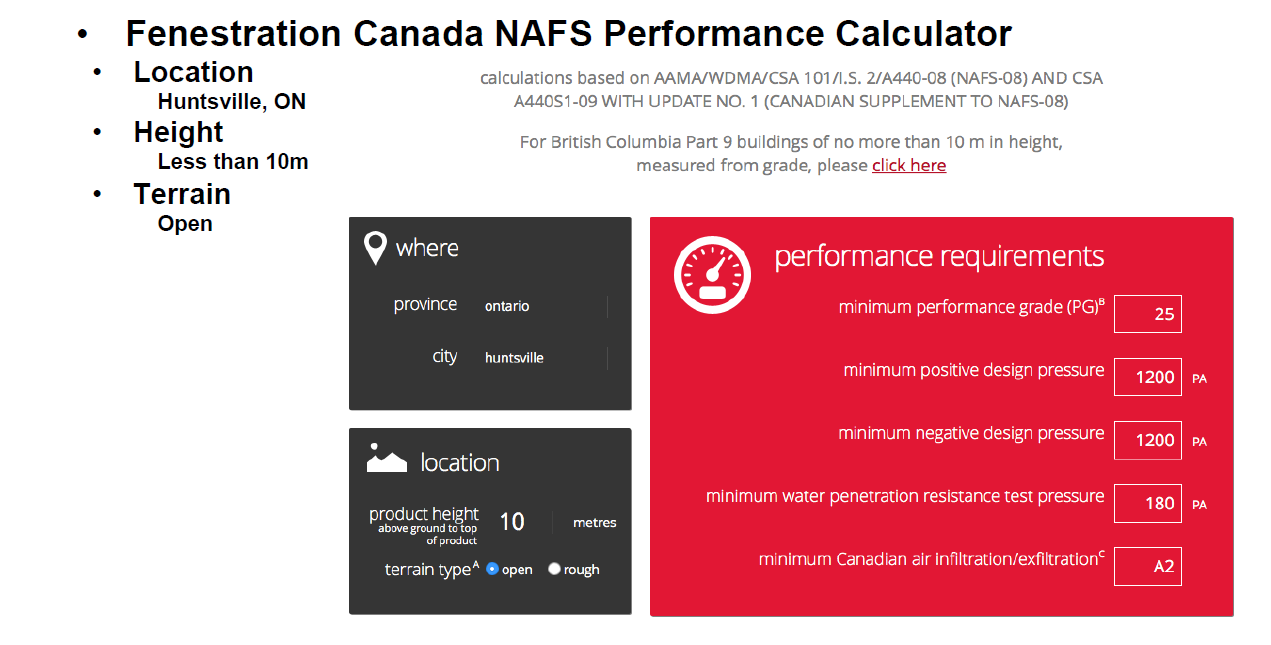
Choosing ENERGY EFFICIENT WINDOWS.. cont’d
The current Ontario Building code requires a minimum U Value of 1.6 which translates to an R Value of approx. R3.5. This is an insulation value and becomes vitally important especially when the design comprises large expanses of glass. The surrounding walls of the home will likely have an effective R value of around R20 (effective is taking into account the differences in R values of various materials in the wall assembly) So with large windows we are introducing relatively low insulation values into the wall’s make up. Large windows are becoming increasingly popular but with them comes the lower insulation values we mention above.

The U value has to be carefully considered as it becomes a part of the calculation to determine the transfer of heat (conduction) leaving the building in the winter in cold climates and the heat energy gain in the summer or in heat gained when you air condition in hot climates. (Solar heat gain is separate from U Value and is taken into account separately). It should be noted that the U Value is calculated on the entire unit with the glass panes and the window frame materials included. Fiberglass windows or vinyl window frames will most often give a better overall U Value with less heat loss and better thermal performance.
This windows U Value is used by HVAC engineers in the design of the home’s Heating and air conditioning system. For an energy efficient home a window U factor of 1.2 to 1.4 (R4.75 to R4) is recommended. Yes, there are more energy efficient windows available but the price increases considerably for most window manufacturers as U Values go lower so in the current market for a balance of cost and performance the above u value goal of 1.2 is our recommendation.
MORE ON ENERGY PERFORMANCE RATINGS…….
SOLAR HEAT GAIN COEFFICIENT

The next number to be aware of is Solar Heat gain Coefficient (SHGC). This appears on the window label along with other metrics. This is a simple number measuring the amount of sunlight (heat energy) that will pass through your window glazing and heat the inside of your home. It is measured as a percentage or a decimal, so if 50% of the sun’s energy passes through double-paned windows then it is expressed as 0.5 SHGC. In high performance homes we look for a SHGC of around 0.25. This ensures that you have some “free” heat energy in the winter but most (75%) of the solar gain is reflected back outside, minimizing the load on your air conditioning reducing cooling costs.
CONDENSATION RESISTANCE (Cr)
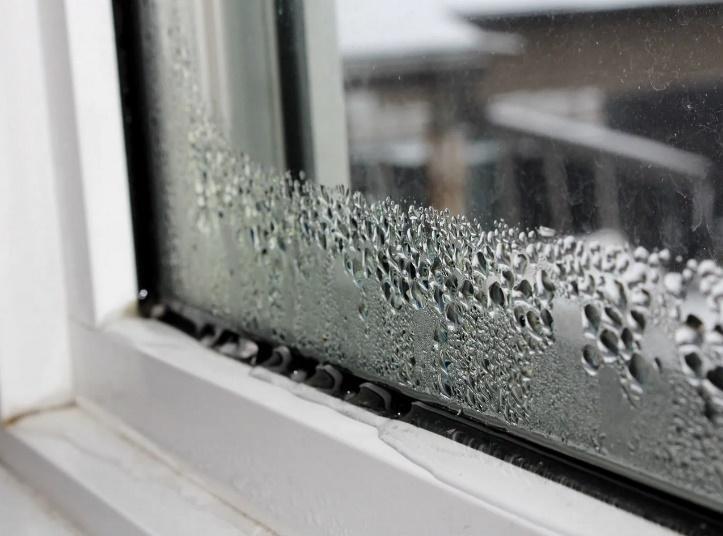
This number Cr is often not published by window companies but is available on request. Cr is a number representing the window’s ability to resist condensation. The ability to resist condensation becomes especially important when the home’s “shell” is tightly sealed and indoor air is being finely filtered and humidified to maximize the health and comfort benefits with superior IAQ ( indoor air quality) Condensation can be a source of mold growth creating unhealthy conditions for occupants. In Southern Ontario a minimum Cr value of 55 or higher is recommended. This number (55) indicates that when maintaining relative humidity in winter at around 40%, condensation will be minimal, occurring only on the very coldest days. Higher Cr values provide greater resistance to condensation and greater insurance for homeowners. It should be noted the majority of triple-paned windows easily reach Cr 55. With the many health benefits of humidification now being recognized and embraced in high performance homes this Cr number will garner much interest in the coming months and years!
AIR AND WATER LEAKAGE
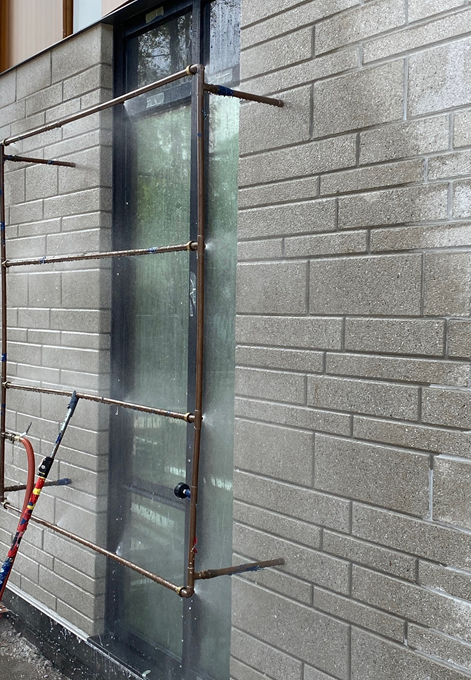
Minimum standards are set by the Ontario Building Code where air leakage, water leakage and glass deflection test standards are all prescribed based on exposure and location. Higher standards can be specified in lieu of simply “meeting building code”. The “R” performance class is minimum requirement for manufactured windows in Ontario but upgraded criteria should be considered in areas of open terrain where higher potential wind and rain loads are expected and higher air leakage rates would be objectionable. Careful window design minimizing leakage pays dividends resulting in a home where occupants have superior year round comfort, and protection against costly building damage!
Further where ENERGY STAR ratings/NET ZERO or PASSIVE HAUS is part of the design, the overall air tightness of the house must pass stringent tests and tightly sealed windows are a must!
VISIBLE TRANSMITTANCE (VT)

This is a measurement of visible light coming through the window. As demonstrated in the photo the left side of a sliding door is open and the right side shows a slight tint, just like when you open your car’s window and see a slight shade difference looking through the window versus looking at the natural light of a clear sky. Similarly, when LOW-E coatings or other reflective window films are utilized on the window, to reduce heat gain, visible light passing through the window is reduced. These coatings can also reduce ultraviolet light protecting expensive furniture, flooring and decor from the sun’s rays. VT, similar to solar heat gain is expressed as a fraction of 100 or decimal. Most high-performance windows range between 0.4 and 0.6 meaning 40-60% of the light makes its way through the window.
A WORD ABOUT ENERGY STAR
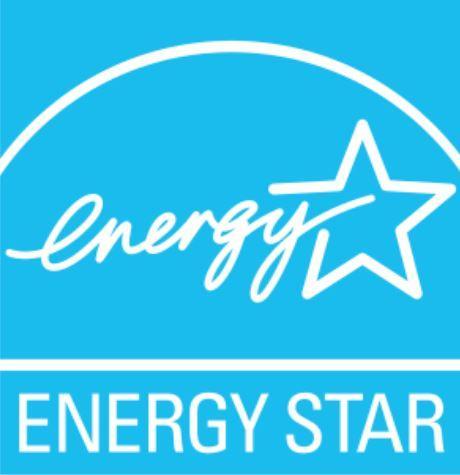
Energy Star windows come with a rating known as an energy rating (ER) number. This number gives priority to “free” sun in the winter heating season especially welcome in northern climates, lowering heating loads and annual heating bills often at the expense of higher air conditioning loads in the summer. This is achieved by adding points to the ER number for higher solar heat gains. While this may work in a general sense for most homes, for a high-performance home most building scientists don’t rely on this energy star, ER rating as it runs counter to the design approach for tightly sealed houses. Once the home is well insulated and sealed, the heating and cooling loads become very low then “free” heat, arguably creates too much of an imbalance in the comfort of the home by relying on unpredictable solar heat gain.
HIGHER RATED WINDOWS
This is a brief blog not meant to capture the entirety of the broad subject of windows but to provide a high-level look at key considerations in selection of residential windows. We would be remiss not to mention that there are many very high-performance windows on the market with effective R values over R20. Our comments are confined to the local custom home market and within the spectrum of the more popular suppliers. Long discussions can be had on vinyl vs wood vs metal vs fiberglass or aluminum frames. Different geographically disparate markets tend to have favourites and what seems a downgrade in one area of Canada, Vinyl for instance, would be perfectly acceptable in another market ( European for instance) but not considered desirable in other markets.
CONCLUSION
In our 40 years of building, we see the evolution of window design and the building as a whole in constant flux. As weather events continue to be a challenge to the building industry, the whole approach to how we build is constantly being revised and updated. What were 100yr rain, snow, temperature and wind events seem to be occurring more often, raising the bar on what are effective and acceptable minimum window designs. Windows are a crucial component of the home’s exterior, keeping us warm in the winter and cool in the summer. Careful consideration in the design and selection of windows is surely as important as the roof or cladding you chose for your home and informed decisions invariably yield the best value for the homeowner. We hope this has been an informative resource to assist you in choosing energy efficient windows and as part of your home building journey.
For more info on windows Nation Research Canada is a good resource NRCAN


